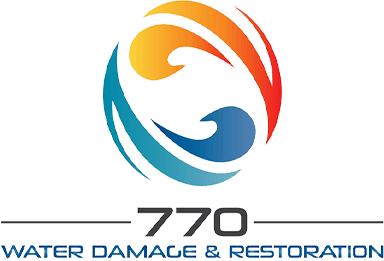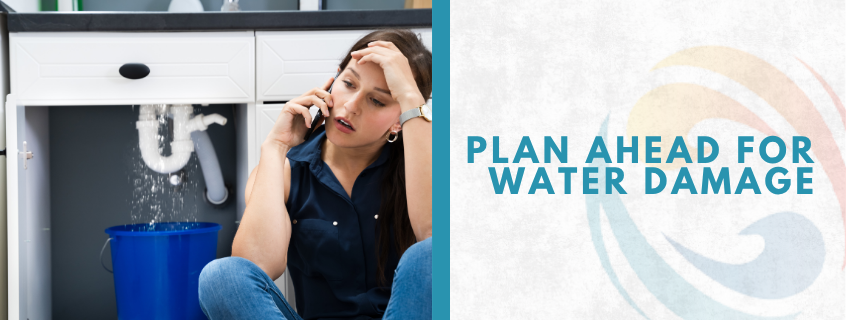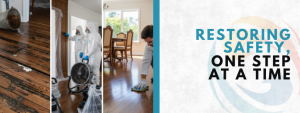When disaster strikes a business, few situations create as much chaos as sudden water damage. Whether from a burst pipe, heavy rain, or a faulty sprinkler system, water intrusion can disrupt daily operations in minutes. The first 24 hours matter most, and having a clear emergency plan ensures quick action, reduced losses, and smoother business recovery. These essential steps, preventive measures, and strategies are specifically designed for business owners in areas such as Agoura Hills.
A well-prepared water damage restoration checklist can serve as a quick reference, helping teams act efficiently during emergencies and maintain control through every phase of recovery.
How to Act Fast: A 3-Step Water Damage Emergency Plan
Step 1: Safety and Assessment
Every response should start with safety. Shut off power to avoid electrical hazards, check for risks like sagging ceilings, and wear protective gear. Once safe, document the scene with photos, videos, and receipts—crucial for insurance claims. If water has reached the ceiling or walls, start fixing ceiling water stains as soon as drying is complete to prevent mold and restore appearance.
Step 2: Stop Water and Control Moisture
Act quickly to stop the water source, extract standing water, and use fans or dehumidifiers. In Agoura Hills, restoration teams often rely on infrared tools to detect hidden dampness. Prevent mold by discarding soaked materials and applying antimicrobial treatments.
Understanding the common causes of faucet leaks—such as worn-out washers, loose handles, or high water pressure—can also prevent small plumbing issues from turning into costly water damage later on.
Step 3: Protect Assets and Maintain Operations
Move files, electronics, and inventory to safety, sort items for recovery, and ensure business continuity through staff communication and temporary workspaces.
How to Create a Water Damage Emergency Plan for Your Business
Developing a comprehensive plan helps minimize downtime and ensures a structured response during crises. Start by identifying key vulnerabilities within your facility, such as areas prone to leaks or equipment at risk. Assign clear roles to team members, prepare emergency contacts for restoration services, and establish communication channels to keep staff and clients informed. Having an organized plan tailored to your business’s layout and location—especially in coastal areas like Agoura Hills—ensures faster recovery and fewer disruptions.
Incorporate a water damage restoration checklist into your documentation, outlining essential steps such as safety checks, source identification, damage assessment, drying, and restoration. This structured approach ensures nothing is overlooked when responding to an emergency.
How Should You Respond in the First 24 Hours After Water Damage?
The first 24 hours are critical in water damage cleanup. Start by prioritizing safety—shut off power, avoid standing water near electrical systems, and wear protective gear. Next, identify and stop the water source, whether it’s a burst pipe or a roof leak. Document the damage thoroughly with photos, videos, and receipts to support insurance claims. Begin water removal immediately using pumps, wet vacuums, fans, or dehumidifiers to control moisture. In coastal areas, hidden dampness is common, so professional Water Damage Cleanup services are often essential to prevent mold growth and structural damage. Finally, relocate valuable items to dry spaces and communicate with employees or customers about any operational disruptions.
Building a Long-Term Water Damage Emergency Plan
Preventative Measures
While reacting quickly is crucial, prevention saves thousands in future costs. In coastal cities like Agoura Hills, smart strategies include:
- Regularly inspecting plumbing and roofing.
- Installing water leak detection systems.
- Elevating critical equipment above flood-prone levels.
- Training staff on emergency procedures.
Proactive maintenance also involves monitoring common causes of faucet leaks and resolving minor plumbing issues before they escalate into larger water damage concerns.
Business Continuity Integration
Every business should weave its emergency plan into its broader continuity strategy. That means:
- Backing up digital files to the cloud.
- Storing key documents in waterproof containers.
- Establishing vendor partnerships for emergency restoration.
Forward-thinking companies often combine these practices with local emergency services to ensure faster recovery.
Long-Term Planning with Expert Support
Creating a proactive strategy ensures the business can withstand future challenges with professional support. Experts can assess building vulnerabilities, recommend preventative upgrades, and integrate technology like leak detection systems. This approach not only saves thousands in potential losses but also ensures operations continue smoothly during unexpected events.
Local expertise also makes a difference. Partnering with specialists in Water Damage Restoration Agoura Hills provides tailored solutions for local risks such as heavy rain, storms, or flooding. With expert guidance, your plan includes regular inspections, staff training, and continuity strategies to keep your business secure long-term.
FAQs: Water Damage Emergency Planning for Businesses
Q1: Why are the first 24 hours so important?
Because water spreads fast. Furniture, flooring, and walls absorb moisture quickly, leading to structural damage and mold. Acting immediately helps minimize losses.
Q2: Can I handle water removal myself?
Minor spills may be manageable, but large-scale flooding requires professionals. Restoration experts bring industrial drying tools and specialized training for faster recovery.
Q3: What role does insurance play?
Insurance helps recover financial losses, but coverage depends on documentation and swift action. A solid plan makes this process smoother.
Q4: How do I protect against future incidents?
Routine maintenance, staff training, and investing in smart leak detectors form a strong foundation for prevention.
Q5: Does location matter in planning for water damage?
Yes. Businesses in coastal areas like Agoura Hills face unique risks from storms and flooding. Local knowledge helps address these hazards with extra preventative measures.







